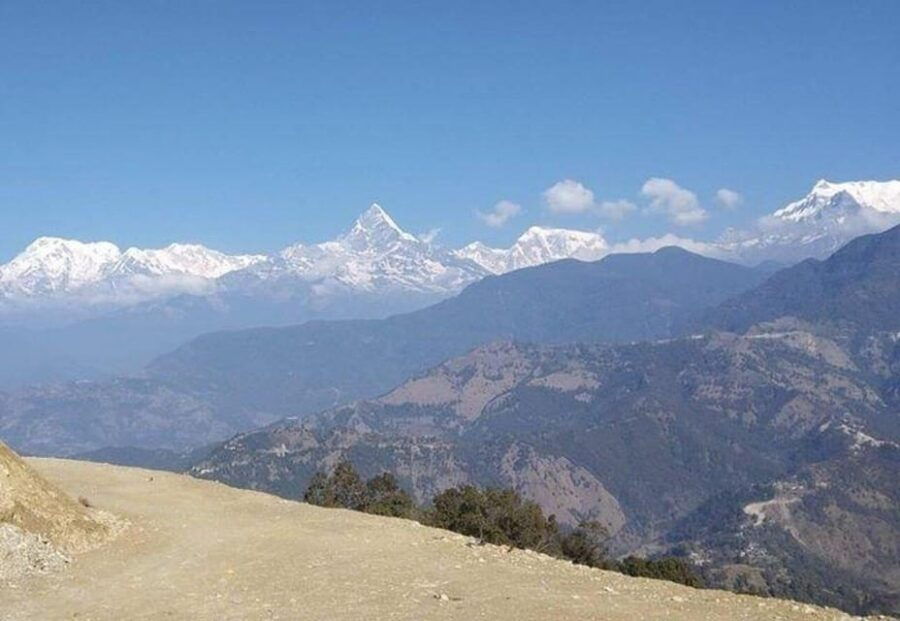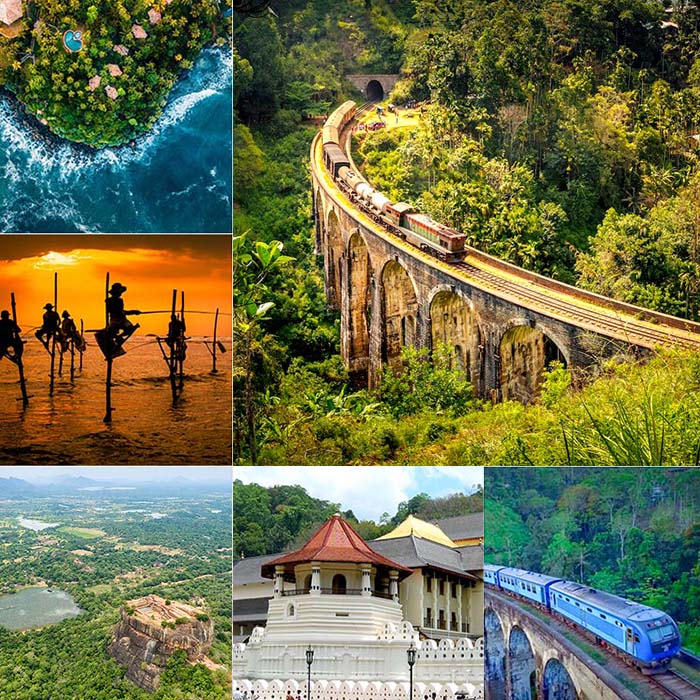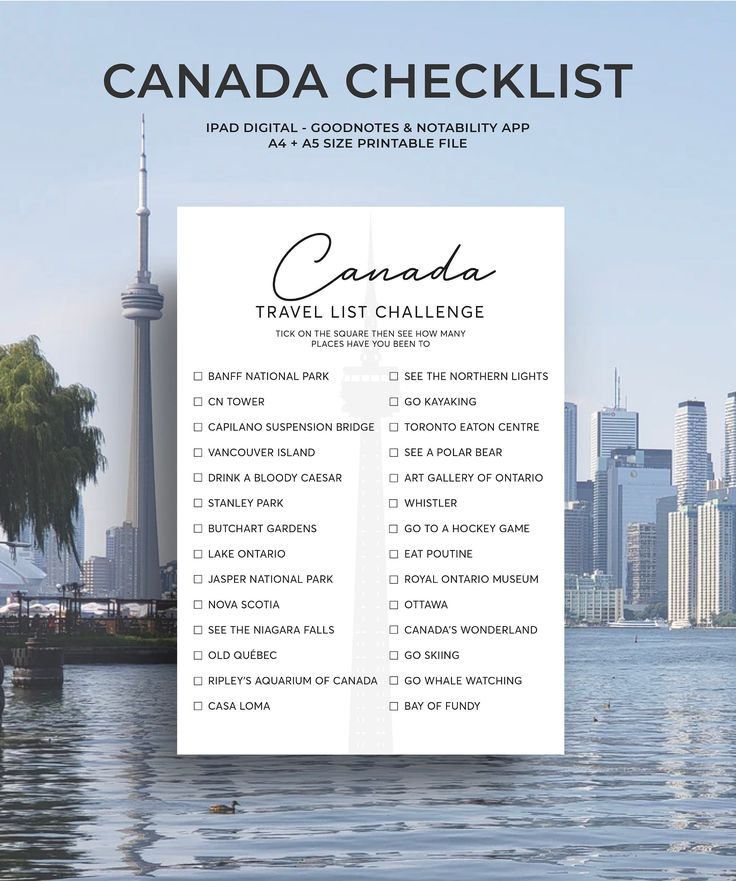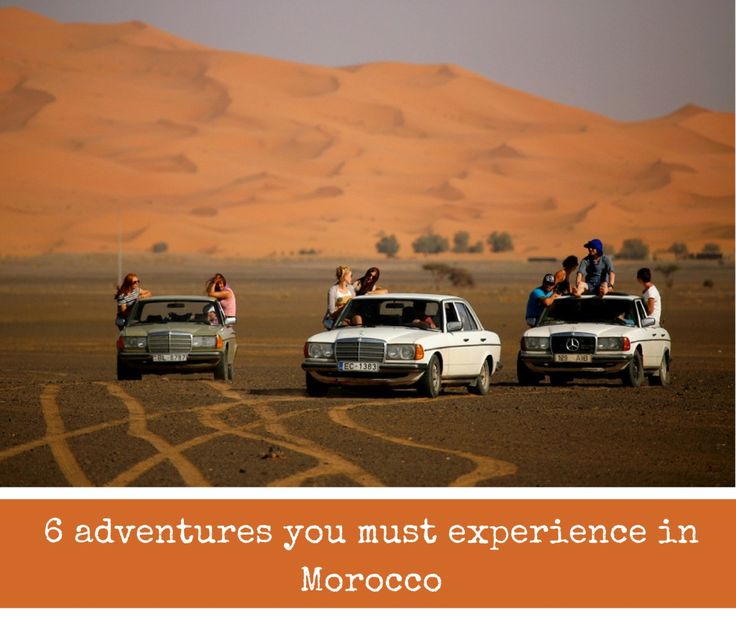
Why the Himalayas on a Budget? Dispelling Myths and Embracing Affordability
The idea of a Himalayan expedition often conjures images of expensive treks, high-end gear, and luxury stays. While such options exist, they are far from the only way to experience this breathtaking region. The Himalayas, particularly in countries like Nepal and India, offer incredible value for money, making them an ideal destination for budget-conscious travelers.
Dispelling Myths: Affordable Himalayan Adventures Are Possible
Many believe that exploring the Himalayas requires significant financial investment. This simply isn’t true. With careful planning and a willingness to embrace local experiences, you can significantly reduce costs. From affordable guesthouses to delicious street food and efficient public transport, the region is ripe with opportunities for an economical yet enriching journey. The key lies in choosing the right destinations, being flexible, and making smart choices along the way.
The Allure of the Himalayas for First-Timers: An Unforgettable Experience Awaits
For those venturing into the Himalayas for the first time, the sheer scale and beauty are overwhelming in the best possible way. Imagine crisp mountain air, panoramic vistas, and the warmth of local hospitality. Whether you’re seeking spiritual solace, thrilling treks, or cultural immersion, the Himalayas offer it all. And by following a budget-friendly approach, you’ll find that connecting with the mountains and their people becomes an even more authentic and rewarding experience.
Planning Your Affordable Himalayan Journey: Smart Steps for Saving Money
Careful planning is the cornerstone of any budget trip, and a visit to the Himalayas is no exception. By making informed decisions before you even set foot on a mountain trail, you can significantly cut down on expenses.
Choosing Your Budget-Friendly Himalayan Destination
The vastness of the Himalayas means there are numerous regions to explore, each with its own charm and price point. For first-time visitors seeking an economical trip, some areas stand out.
- Nepal: Often considered the gateway to the Himalayas, Nepal offers incredibly affordable options. Kathmandu and Pokhara are popular starting points. Shorter treks like the Ghorepani Poon Hill trek or parts of the Annapurna region can be done on a budget, especially if you opt for tea house stays and local guides. The cost of living and transport in Nepal is generally lower than in Western countries.
- India: The Indian Himalayas, particularly Himachal Pradesh (Shimla, Manali, Dharamshala, Spiti Valley) and Uttarakhand (Rishikesh, Haridwar, Valley of Flowers, Auli), provide diverse and budget-friendly experiences. Public buses are extensive and cheap, and homestays or guesthouses offer comfortable yet affordable lodging. Rishikesh, for instance, is famous for yoga and spiritual retreats at various price points, including very economical ones.
Best Time to Visit the Himalayas on a Shoestring
Timing your visit can greatly impact costs and your overall experience.
- Shoulder Seasons (March-April, September-October): These months offer pleasant weather, fewer crowds than peak season, and often slightly lower prices for accommodation and flights. The views are typically clear, and trekking conditions are good.
- Monsoon (July-August): While the lush greenery is captivating, heavy rains can disrupt travel plans and obscure mountain views. However, if you’re prepared for rain and focused on specific activities (like exploring valleys or cultural sites rather than high-altitude trekking), you might find rock-bottom prices.
- Winter (November-February): Lower regions are cold but accessible, offering stunning snow-capped landscapes. Higher altitudes can be very challenging or inaccessible. Prices might be lower, but you’ll need to invest in good winter gear.
Smart Travel Planning for First-Time Himalayan Trekkers
Being strategic with your bookings and permits can lead to significant savings.
- Book in Advance (But Not Too Far): For flights and major train journeys, booking a few months ahead often secures better deals. However, for local buses and guesthouses, a week or two might suffice, allowing for flexibility.
- Accommodation Choices: Prioritize hostels, guesthouses, homestays, and "tea houses" (on trekking routes). These are significantly cheaper than hotels and offer a more authentic experience, allowing you to connect with locals.
- Permits and Fees: Research required permits for treks or national parks in advance. Some can be purchased on arrival, but knowing the costs helps with budgeting. For example, in Nepal, TIMS card and National Park permits are mandatory for most treks.
Cutting Costs on Accommodation and Food in the Himalayas: Your Wallet’s Best Friends
Accommodation and food are two of the biggest expenses for any traveler. In the Himalayas, there are numerous ways to keep these costs down without compromising on comfort or flavor.
Finding Wallet-Friendly Stays in Himalayan Regions
Your choice of lodging directly impacts your budget. Opt for options popular with locals and backpackers.
- Hostels and Guesthouses: These are abundant in popular towns like Kathmandu, Pokhara, Manali, and Rishikesh. They offer basic, clean rooms, often with shared bathrooms, at very affordable rates. Many provide common areas, perfect for meeting fellow travelers and sharing tips.
- Homestays: A fantastic way to experience local culture and save money. Many villages in the Indian and Nepalese Himalayas offer homestays where you can live with a local family, often including meals. This provides an authentic cultural immersion at a fraction of the cost of hotels.
- Tea Houses (Trekking): On popular trekking routes in Nepal, tea houses provide basic lodging and meals. The cost of a room is usually very low, sometimes even free, on the condition that you eat your meals there. This system keeps trekking affordable for countless adventurers.
- Negotiation: In some smaller guesthouses or homestays, especially during the off-season, you might be able to politely negotiate room rates, especially for longer stays.
Savoring Local Flavors Without Breaking the Bank
Food is an integral part of any travel experience, and in the Himalayas, it can be both delicious and incredibly cheap.
- Eat Local: Avoid tourist-trap restaurants. Seek out "dhabas" (roadside eateries) in India or local eateries in Nepal. These serve authentic, freshly prepared regional dishes like dal bhat (lentil soup with rice), momos (dumplings), thukpa (noodle soup), and curries at very low prices.
- Street Food: Embrace the vibrant street food scene. Samosas, pakoras, aloo tikki, and various chaats are not only tasty but also incredibly cheap and filling. Just ensure the vendor maintains good hygiene.
- Carry Snacks: Pack energy bars, nuts, and dried fruit from home or buy them in bigger towns before heading to remote areas. This prevents impulse purchases of overpriced snacks on the trail.
- Cook Your Own (if possible): If your accommodation has a shared kitchen, consider buying fresh produce from local markets and preparing some of your meals. This is often the cheapest option.
Budget-Friendly Transportation Options in the Himalayas: Getting Around Affordably
Getting from one place to another in the mountainous terrain can be a significant cost. However, a range of economical options allows you to explore extensively.
Navigating Himalayan Terrain Affordably
Embrace local transport to save money and gain a more authentic perspective of the region.
- Public Buses: These are the lifeline of the Himalayas. Though often slow, crowded, and not always comfortable, public buses are incredibly cheap and connect almost every town and village. It’s a fantastic way to experience local life and admire the scenery. Just be prepared for winding roads and occasional delays.
- Shared Jeeps/Taxis: For routes where buses are infrequent or to save time, shared jeeps (often called ‘sumos’ or ‘boleros’) are a popular option. You pay for a seat, and the vehicle departs once full. They are faster than buses but cost slightly more. Negotiate the price beforehand.
- Walking and Trekking: The ultimate budget-friendly transport! Many beautiful destinations are accessible via walking trails. For treks, you save on internal transport within the trekking route itself. Choose shorter, self-guided treks if you’re a first-timer to avoid guide costs (though a guide is recommended for safety on longer/higher treks).
- Minimize Internal Flights: While flights save time, they are a major expense. Opt for overnight buses or trains for longer distances, even if it means sacrificing some comfort.
Essential Gear for Your First Himalayan Trip (Budget Conscious)
You don’t need to break the bank on brand-new, high-tech gear for your first Himalayan adventure. Smart choices and resourcefulness can keep your packing list economical.
Smart Packing for a Budget Himalayan Adventure
Focus on functionality and versatility rather than brand names.
- Layering is Key: Instead of one heavy jacket, pack several lighter layers (base layer, fleece, windbreaker, waterproof shell). This allows you to adapt to varying temperatures throughout the day without needing expensive specialized clothing.
- Rent vs. Buy: For items you might not use often, like trekking poles, a sleeping bag (if not staying in tea houses with blankets), or specific cold-weather jackets, consider renting them. Many shops in major trekking hubs (like Kathmandu or Pokhara in Nepal, or Manali in India) offer gear rentals at reasonable daily rates.
- Borrow from Friends: Ask friends if they have any suitable gear you can borrow.
- Basic Necessities: Prioritize comfortable, broken-in hiking shoes (waterproof if possible), a reusable water bottle (to avoid buying plastic bottles), a small first-aid kit, a headlamp, and sun protection (hat, sunglasses, sunscreen).
- Avoid Unnecessary Purchases: Don’t get swayed by fancy gadgets or specialized trekking apparel unless you genuinely need them for a specific, challenging trek. For most first-time, budget-friendly trips, versatile everyday clothing combined with a few essential items will suffice.
Engaging in Affordable Activities and Experiences in the Himalayas
The most profound experiences in the Himalayas often come from simple interactions and natural beauty, which are usually free or very low cost.
Maximizing Your Himalayan Experience Without Overspending
Focus on activities that connect you with the local culture and stunning environment.
- Self-Guided Shorter Treks: Instead of expensive multi-day guided treks, explore shorter, well-marked trails around towns like Pokhara, Dharamshala, or Rishikesh. These allow you to enjoy the scenery and get a taste of trekking without the associated costs of guides and porters (though for safety, consider a guide for anything beyond easy day hikes).
- Village Walks and Cultural Immersion: Simply walking through local villages, observing daily life, and interacting with residents can be an incredibly rich experience. Many communities welcome visitors and are happy to share their culture.
- Temple and Monastery Visits: Most temples and monasteries have free entry, though donations are always appreciated. These offer deep insights into the spiritual traditions of the region.
- Nature Photography: The stunning landscapes provide endless opportunities for photography. All you need is your camera or smartphone.
- Volunteering (for longer stays): If you plan an extended trip, consider volunteering with local NGOs or homestays. This can provide free accommodation and meals in exchange for your work, offering a unique and immersive experience.
- Yoga and Meditation: Many ashrams in places like Rishikesh offer basic yoga and meditation classes at very affordable rates, or sometimes even for free.
Safety and Health Tips for First-Time Himalayan Explorers on a Budget
Prioritizing your health and safety doesn’t have to be expensive. Smart precautions can prevent costly problems down the line.
Prioritizing Well-being in the Himalayas Affordably
A healthy traveler is a happy traveler, and it helps keep your budget intact by avoiding unexpected medical costs.
- Travel Insurance (Basic Coverage): While you’re on a budget, travel insurance is non-negotiable, especially for medical emergencies or evacuations. Look for basic plans that cover emergency medical treatment and repatriation. Compare providers to find the most cost-effective option.
- Acclimatization: Altitude Sickness (Acute Mountain Sickness or AMS) is a real risk. Ascend slowly, take rest days, and listen to your body. This is free and crucial for your well-being. Don’t rush your ascent, even if you’re on a tight schedule.
- Water Purification: Instead of buying countless plastic bottles, invest in a good reusable water bottle and a water purification method (filter bottle, purification tablets, or a SteriPEN). This saves money and reduces plastic waste. Always drink purified or boiled water.
- Basic First Aid Kit: Carry essential medications for headaches, stomach upsets, blisters, and any personal prescriptions. This can save you from having to seek out expensive pharmacies in remote areas.
- Inform Others: Share your itinerary with a friend or family member back home. If you’re trekking, register your plans with local authorities or your guesthouse.
Final Tips for an Unforgettable Budget Himalayan Trip
As you finalize your plans for a budget-friendly Himalayan adventure, remember these overarching principles to ensure a truly enriching experience.
Embrace Simplicity and Local Connections
The true magic of the Himalayas often lies in its simplicity. By choosing local accommodations, eating local food, and using public transport, you’re not just saving money; you’re immersing yourself in the authentic rhythm of life in the mountains. Engage with locals, learn a few phrases in their language, and be open to spontaneous experiences. These connections will be the most memorable part of your journey, far more valuable than any luxury.
Flexibility is Your Best Friend
While planning is essential for a budget trip, being flexible is equally important in the Himalayas. Road closures, weather changes, or unexpected delays are part of the adventure. Embrace them! A flexible itinerary allows you to adapt to unforeseen circumstances without stress and often leads to discovering hidden gems or unique opportunities you hadn’t planned for. Don’t be afraid to adjust your plans if it means a better or more affordable experience.
Conclusion: Your Himalayan Dream Awaits, Affordably
Visiting the Himalayas for the first time on a budget is not only possible but can also be one of the most rewarding travel experiences of your life. By making smart choices regarding your destination, timing, accommodation, food, and transport, you can unlock the magic of these majestic mountains without financial strain. This Budget-Friendly Guide to Himalayas For First-Time Visitors empowers you to step beyond your comfort zone, embrace the local culture, and create memories that will last a lifetime. So, start planning your affordable Himalayan adventure today – the peaks are calling!







